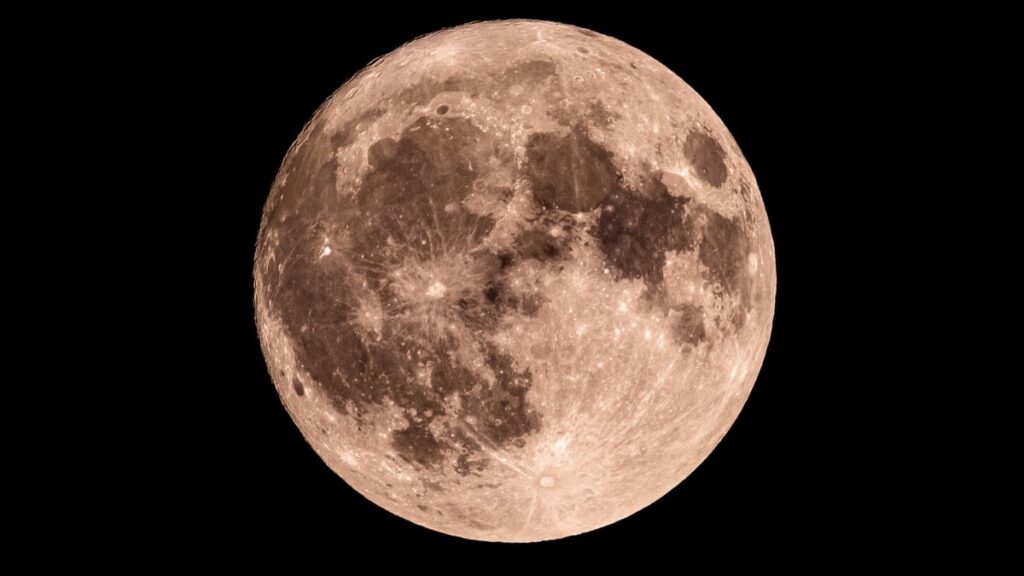
For those with a penchant for celestial events, tonight’s moon phase offers a subtle yet fascinating spectacle. On August 25, 2025, the moon will be in its Waxing Crescent phase, with just 5% of its surface illuminated as observed from Earth. This marks the second day of the lunar cycle, a phenomenon that captivates astronomers and casual observers alike.
The moon’s phases are a result of its 29.5-day orbit around Earth, during which the Sun illuminates varying portions of its surface. This cyclical dance creates the familiar phases we observe, from new moon to full moon and back again. According to NASA, this intricate ballet is responsible for the moon’s ever-changing appearance in our night sky.
Understanding the Waxing Crescent Phase
As of today, the moon is in the Waxing Crescent phase. This phase occurs when a small sliver of the moon’s right side becomes visible in the Northern Hemisphere. While only a fraction of the moon is illuminated, this stage sets the stage for the gradual brightening that will culminate in a full moon.
For those eager to witness more of the moon’s surface, patience is required. The Waxing Crescent phase offers limited visibility, but as the days progress, more of the moon will be revealed, leading up to the next full moon on September 7, 2025.
The Cycle of Moon Phases
The moon’s phases are a captivating aspect of our natural world, resulting from the interplay between the Sun, Moon, and Earth. As the moon orbits Earth, the angles between these celestial bodies shift, altering the amount of sunlight that reaches the moon’s surface. This cycle is responsible for the eight distinct phases:
- New Moon: The moon is positioned between Earth and the Sun, rendering it invisible from our vantage point.
- Waxing Crescent: A thin sliver of light appears on the moon’s right side.
- First Quarter: Half of the moon is illuminated, resembling a half-moon.
- Waxing Gibbous: More than half of the moon is lit, but it has not yet reached full illumination.
- Full Moon: The entire face of the moon is visible and fully illuminated.
- Waning Gibbous: The moon begins to lose light on the right side.
- Last Quarter: Another half-moon, with the left side now illuminated.
- Waning Crescent: A thin sliver of light remains on the left side before the cycle repeats.
Historical and Cultural Significance
Moon phases have long held cultural and historical significance across the globe. Ancient civilizations used the lunar cycle to guide agricultural practices and religious ceremonies. The full moon, in particular, has been associated with myths and folklore, often symbolizing completion and fulfillment.
In modern times, moon phases continue to inspire art, literature, and scientific inquiry. The predictable nature of the lunar cycle allows for precise planning of astronomical observations and space missions.
Looking Ahead
As we continue to observe the moon’s phases, each night offers a unique opportunity to connect with the cosmos. The Waxing Crescent phase, though subtle, is a reminder of the moon’s constant presence and its influence on our planet.
For those interested in exploring further, NASA and other space agencies provide detailed observations and insights into the moon’s behavior. Whether you’re an avid astronomer or a casual stargazer, the moon’s phases offer a window into the wonders of the universe.
As the lunar cycle progresses, anticipation builds for the next full moon on September 7, 2025. Until then, the Waxing Crescent serves as a gentle prelude to the celestial spectacle that awaits.







